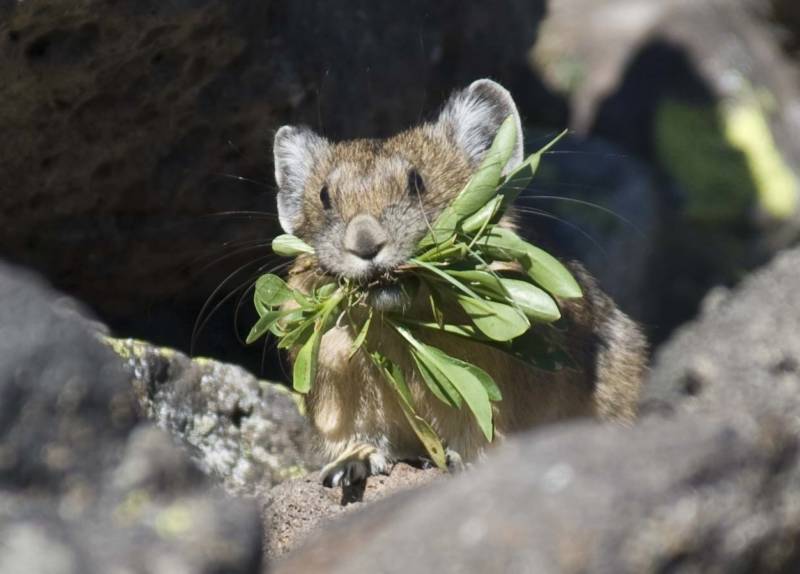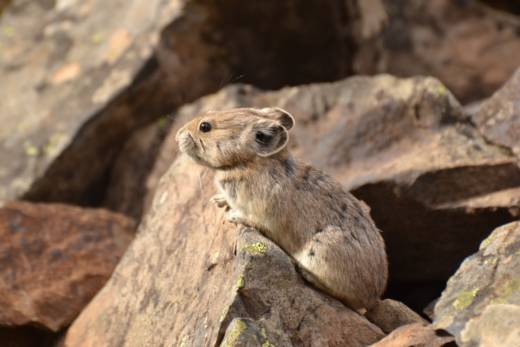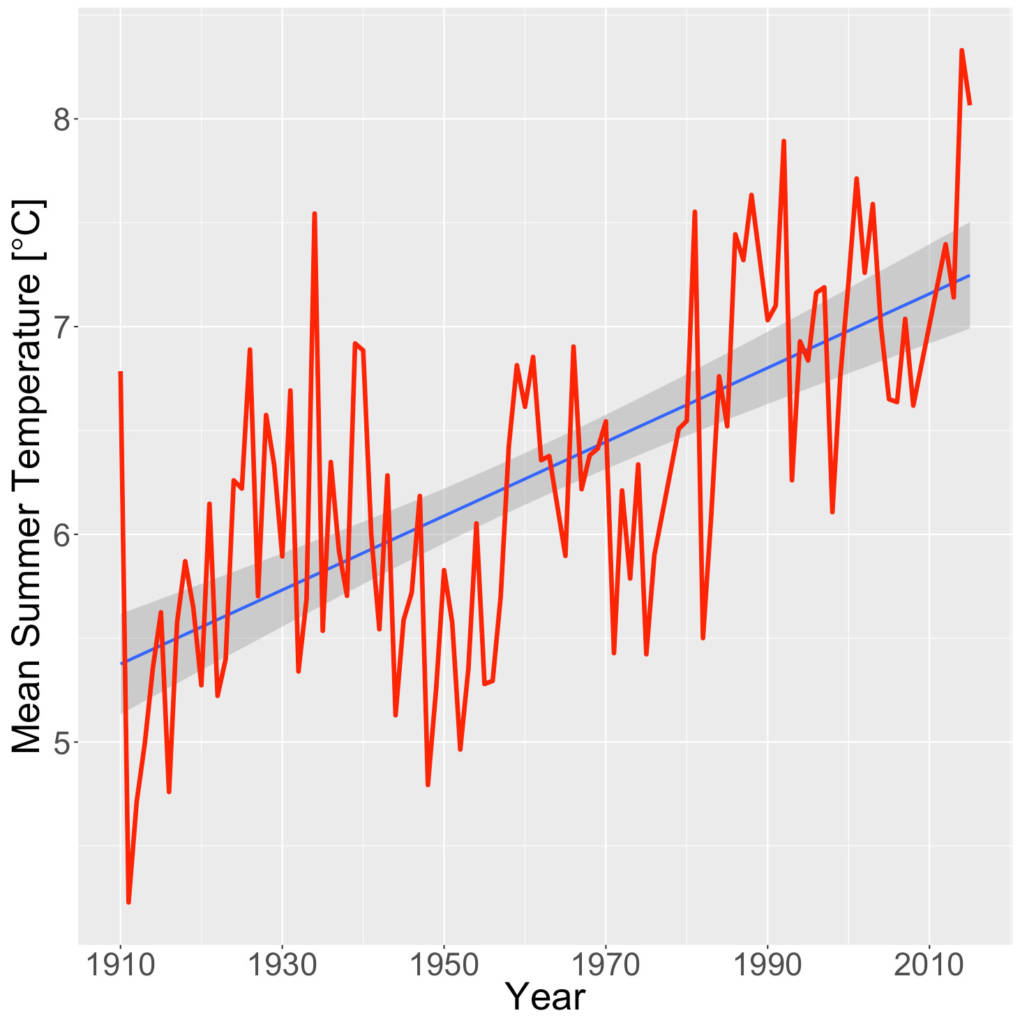One of north Lake Tahoe’s cutest residents, the American pika, has disappeared. UC Santa Cruz researchers have discovered an extinction spanning from Tahoe City to Truckee, the largest pika die-off in the modern era.
A new study, published in PLOS One, shows how the effects of climate change are playing out in real time. For six years, a team led by biologist Joseph Stewart scouted without luck for the small high-altitude mammals in a 65-square-mile area of the Sierra Nevada.
Stewart said they found signs that pikas once flourished in the region as late as 1991, but today the animals are strangely missing.
“The loss of pikas from this large area of otherwise suitable habitat echoes prehistoric range collapses that happened when temperatures increased after the last ice age,” said Stewart. “This time, however, we’re seeing the effects of climate change unfold on a scale of decades as opposed to millennia.”
Pikas are squeaky rabbit relatives about the size of a hamster. All summer long they hop from talus fields to meadows, carrying bouquets of wildflowers and grass to their high altitude homes storing up enough food for winter. Pikas have a thick fur coats and a furnace-like metabolism that helps during frigid days, but makes them vulnerable to hot summers.

Researchers believe they simply can’t survive when it gets hot. When temperatures spike, pikas hide underground to avoid overheating. Unfortunately, long hours underground mean they’re not collecting food, which limits survival and reproduction.


